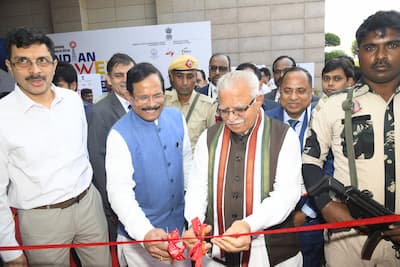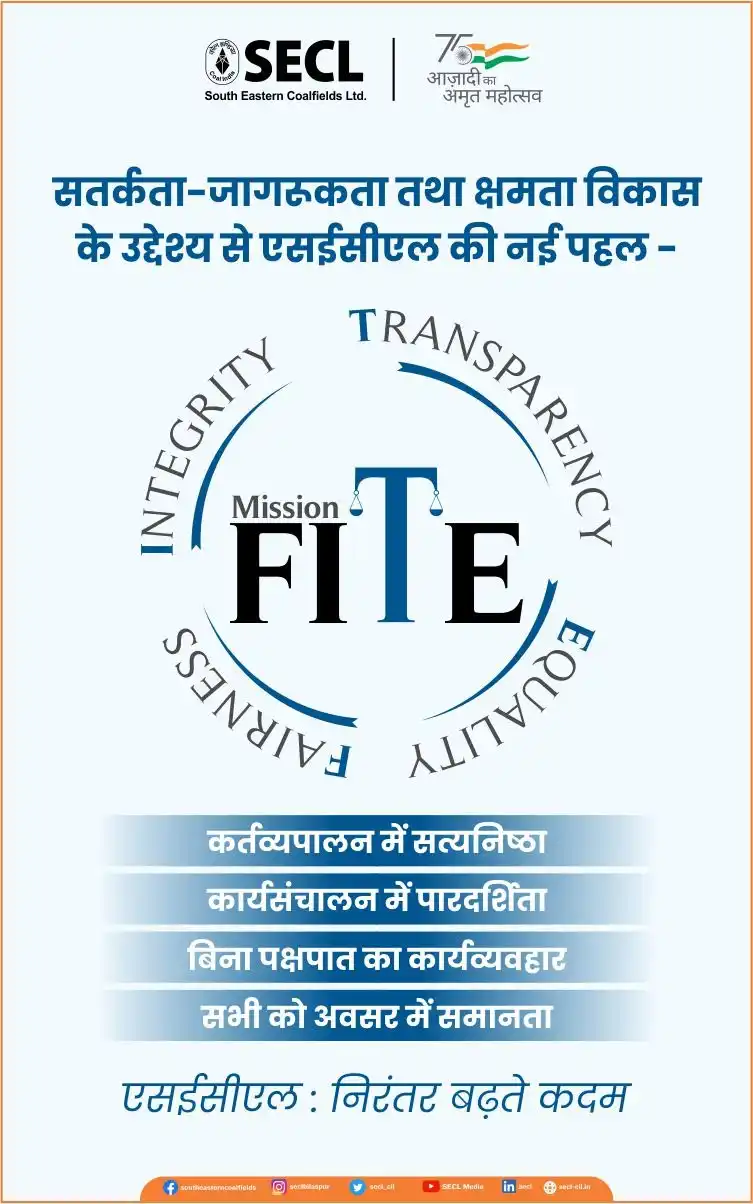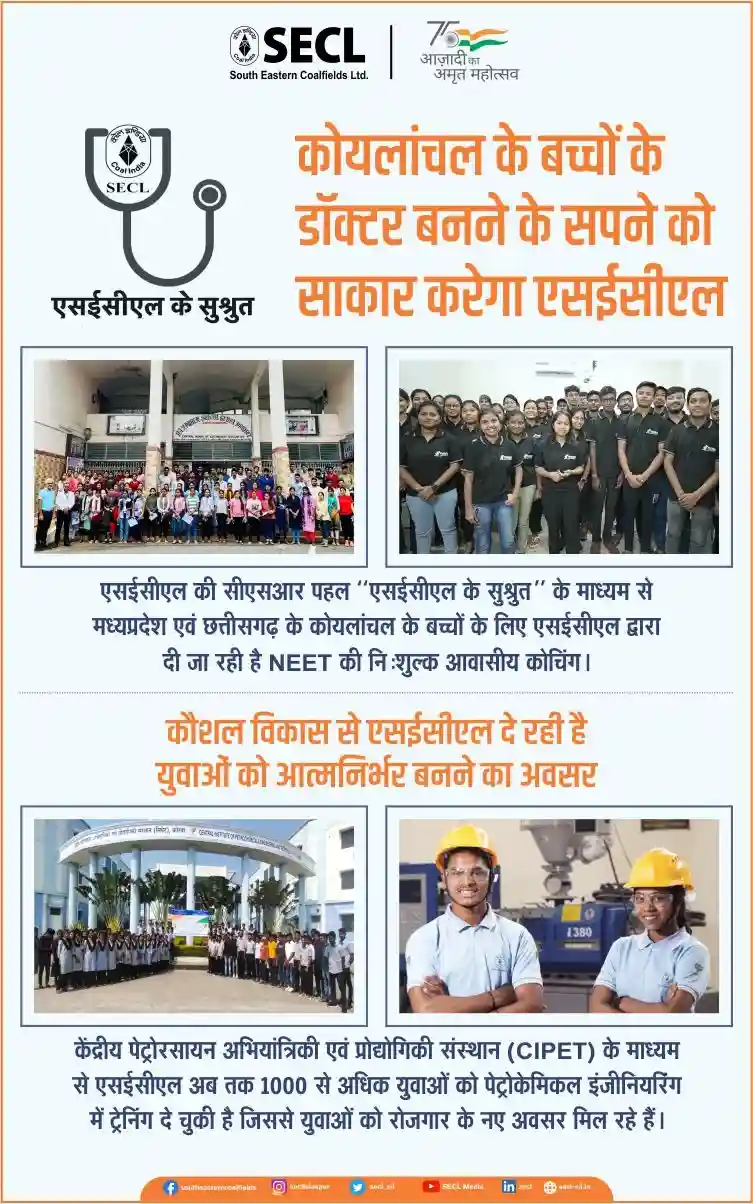Union Minister Shri Manohar Lal addressed Brainstorming Session on the Indian Power Sector Scenario 2047 in New Delhi today.
At the two-day Brainstorming Session on the Indian Power Sector Scenario 2047 Union Minister for Power and Housing & Urban Affairs, Shri Manohar Lal, outlined the government’s strategy to meet the country’s burgeoning energy needs while transitioning to cleaner sources of power.
“By 2047, we anticipate our power demand to reach 708 gigawatts. To meet this, we need to increase our capacity by four times, i.e. 2,100 gigawatts,” Union Minister Manohar Lal stated, highlighting the scale of the challenge ahead. “This is not just about increasing capacity; it’s about reimagining our entire energy landscape.”
The Union Minister emphasised the critical role of renewable energy in India’s future power mix. “We have set an ambitious target of 500 GW of non-fossil energy capacity by 2030, effectively doubling our current capacity,” he said. This push towards green energy aligns with India’s commitment to reducing carbon emissions by one billion tonnes by 2030 and achieving net-zero emissions by 2070.
Shri Manohar Lal praised the CEA for its pivotal role in shaping the sector’s future, citing the National Electricity Plan, which was launched at the session. “This plan will provide crucial guidance to state governments and investors, fostering a collaborative approach to sector development,” he noted.
The National Electricity Plan (Transmission), developed in consultation with various stakeholders, outlines a comprehensive strategy to achieve the government’s energy transition goals. It details the transmission infrastructure required to support 500 gigawatts of renewable energy capacity by 2030, increasing to over 600 gigawatts by 2032.
The plan incorporates innovative elements such as the integration of 10 gigawatts of offshore wind farms, 47 gigawatts of battery energy storage systems, and 30 GW of pumped storage plants. It also addresses the power needs of green hydrogen and green ammonia manufacturing hubs, and includes cross-border interconnections.
With a planned addition of 190,000 circuit kilometres of transmission lines and 1,270 GPA of transformation capacity over the next decade, the plan presents an investment opportunity of over 9 lakh crore rupees in the transmission sector.
The minister also addressed the challenges of integrating variable renewable energy sources into the grid, emphasising the need for advanced storage solutions. “We are exploring innovative technologies in pump storage facilities and battery storage to ensure 24/7 power availability to our citizens,” the Union Minster explained.
Recognising the transformative impact of rapid urbanisation and industrialisation on power demand, the government is focusing on grid infrastructure expansion and upgradation. The Union Minister stressed the importance of creating a skilled workforce to support this modernisation, stating, “We must develop a workforce capable of meeting the demands of a 21st-century energy system.”
On occasion, Minister of State for Power and New & Renewable Energy, Shri Shripad Yesso Naik, emphasised the need for meticulous planning to align the power sector with emerging priorities.
He called for a swift transition towards a diverse and cleaner energy mix, driven by ambitious sustainability targets. “Significant investment will be needed in renewable technologies, energy storage solutions and grid modernisation,” Shri Naik stated. He highlighted the pivotal role of the Central Electricity Authority in shaping the sector’s transformation, noting its wide-ranging responsibilities from formulating national electricity plans to setting technical standards. MoS stressed the importance of developing new skills, regulatory frameworks, and market structures to manage the evolving energy landscape, asserting that “electricity is not just a commodity, but a catalyst for growth, development and a sustainable future.”
Among other speakers at the inaugural session, Shri Pankaj Agarwal, Secretary, Ministry of Power, outlined India’s roadmap for a modern, energy-efficient power sector, emphasizing India’s critical role in the vision of ONE SUN, ONE WORLD, ONE GRID for a sustainable future.
He underscored the multifaceted nature of energy security, stating that it encompasses three critical elements: affordability, adequacy coupled with reliability, and sustainability. He further alluded to the recent G20 New Delhi Leaders’ Declaration, highlighting the ambitious targets set for the sector.
“The G20 members have resolved to triple renewable energy capacity and double the rate of improvement in energy efficiency,” he noted. Looking ahead to COP29, the Secretary added, “We anticipate a requirement for a sixfold increase in storage capacity.” He also underlined the need for a comprehensive planning framework to meet demand optimally and securely while calling for the flexibilisation of Power Purchase Agreements and reduced power costs for consumers.
Ms. Debashree Mukherjee, Secretary, Department of Water Resources, River Development & Ganga Rejuvenation, highlighted the critical link between water and power in driving India’s economic growth. She emphasized the need for sustainable energy solutions and the close collaboration between CEA and Central Water Commission in hydropower development for 2047.
Shri Prashant Kumar Singh, Secretary, Ministry of New and Renewable Energy, highlighted India’s ambitious strides in renewable energy, focusing on solar, wind, and innovative green initiatives to power Viksit Bharat.
Shri R.V. Shahi, Former Secretary, Ministry of Power highlighted the crucial role of financial planning and policy-making in India’s power sector growth and the steps needed for Viksit Bharat by 2047”.
Shri Ghanshyam Prasad, Chairperson, CEA, presented a comprehensive roadmap for the power sector’s evolution, tracing its growth from a mere 1 GW peak demand at independence to now targeting to four times the capacity to 2053 GW by 2047. This ambitious plan includes a significant shift towards renewable energy, with targets of 1,200 gigawatts of solar and over 400 gigawatts of wind power by 2047. A key focus is on hydro pump storage plants, with capacity expected to surge from the current 4.7 gigawatts to 116 gigawatts.
The plan addresses critical areas such as flexible operation of thermal and nuclear plants, skill development, research and development, financing for energy transition, and innovative solutions in transmission and distribution. He emphasised the need for a collaborative approach among all stakeholders to achieve the vision of a world-class Indian power sector by 2047, coinciding with the country’s centenary of independence.
Shri Subhrakant Panda, Immediate Past President, FICCI and and Managing Director, Indian Metals & Ferro Alloys, said, “India’s power sector, now surplus with 450+ GW capacity, presents vast opportunities in the transition to clean energy by 2070. The expanding renewable energy sector offers promising growth prospects. Enhancing local manufacturing and R&D investment will open new avenues for innovation and industry development; while improving ease of business, extending ISTS waivers, and strengthening the transmission and power evacuation system will further boost sector growth, creating numerous opportunities for investors and businesses.”
The conclave is being organised in collaboration with a broad range of stakeholders, including FICCI and CBIP, who serve as the programme partners, among a host of other organisations, reflecting its industry-wide significance.
The CEA has unveiled its vision for the power sector’s development through 2047, emphasising sustainable growth, technological innovation, and meeting the challenges of a rapidly expanding economy.
















